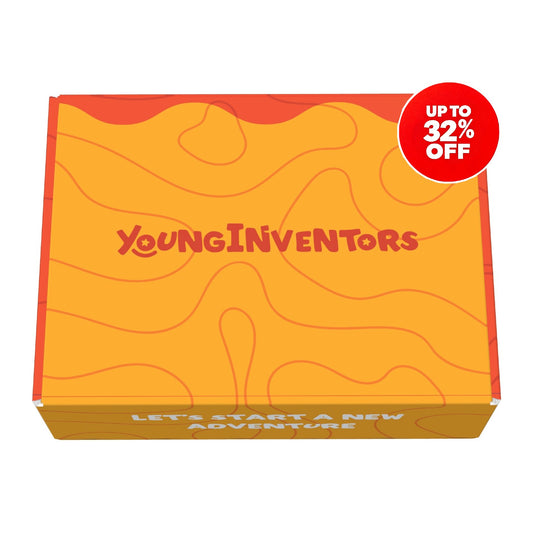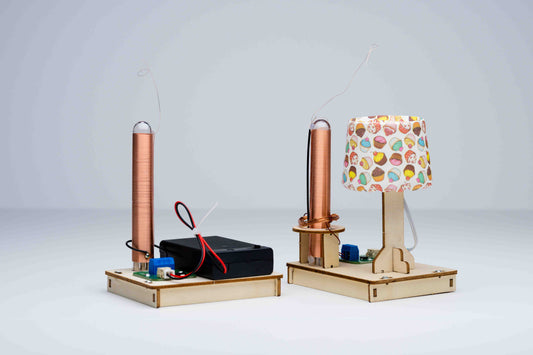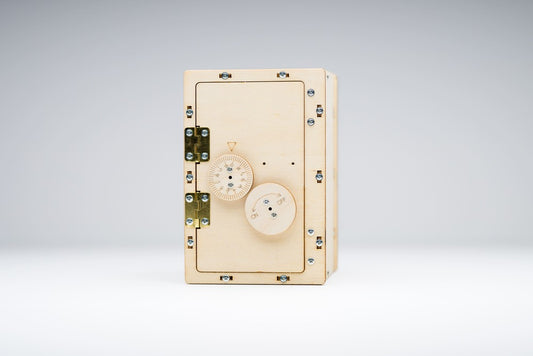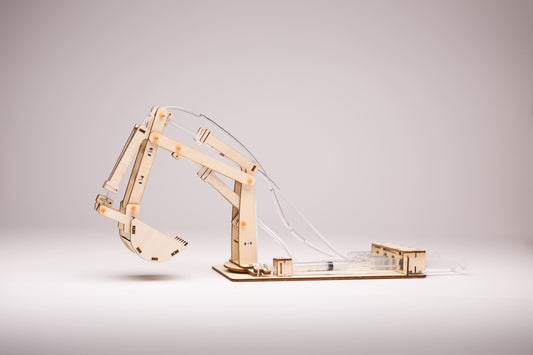STEM toys can be a valuable resource for children with common learning disabilities, offering a hands-on, engaging approach to learning that can cater to diverse needs. Here’s how these toys can help address some of the challenges faced by children with learning disabilities:
1. Dyslexia
Children with dyslexia often struggle with traditional learning methods that are heavily reliant on reading. STEM toys that focus on visual and spatial learning, such as building sets or simple mechanical tools, can help these children grasp concepts in a non-verbal way. Toys that incorporate patterns, sequences, and building can strengthen understanding and retention without relying solely on text.
2. Dyscalculia
For children with dyscalculia, understanding numbers and math concepts can be difficult. Math-focused STEM toys, like abacuses, number puzzles, and games that involve counting and measuring, provide a tactile way to understand mathematical ideas. These toys allow children to visualize and physically manipulate numbers, which can help bridge the gap between abstract concepts and practical understanding.
3. Attention Deficit Hyperactivity Disorder (ADHD)
STEM toys that require active engagement and yield quick results can be particularly beneficial for children with ADHD, who may struggle with attention span and focus. Kits that involve building or conducting experiments can provide immediate feedback and a sense of accomplishment, keeping these children motivated. Moreover, toys that can be used in short, rewarding sessions help maintain focus and interest.
4. Autism Spectrum Disorders (ASD)
Children on the autism spectrum often benefit from structured activities that have clear goals and outcomes. STEM toys that involve sorting, assembling, or systematic problem-solving can be very engaging for these children. Additionally, toys that allow for repetitive action can be soothing for some children with ASD, while also promoting skills development.
5. Processing Disorders
For children with auditory or visual processing disorders, interactive and multi-sensory STEM toys can be beneficial. Toys that combine visual cues with tactile activities, or those that provide auditory feedback along with physical interaction, can help children better process information by engaging multiple senses simultaneously.
6. Executive Functioning Issues
Toys that encourage planning, problem-solving, and logical thinking can help children with executive functioning issues develop these crucial skills. Building sets, coding toys, and science kits that require following step-by-step instructions can aid in improving task initiation, organization, and the ability to follow through on a project.
7. Social Skills Development
Some STEM toys are designed for group play and can help children with learning disabilities develop social skills. Robotics kits, science group projects, and team-based engineering challenges encourage communication, turn-taking, and cooperative problem-solving.
Usage Tips:
- Customizable Difficulty: Look for toys that offer adjustable difficulty levels to match the child’s growing skills.
- Clear Instructions: Choose toys with clear, visual instructions rather than text-heavy manuals.
- Safe and Durable: Ensure the toys are durable and suitable for children who may play in unconventional ways.
By choosing the right STEM toy, parents and educators can provide children with learning disabilities a fun and effective way to develop their academic, cognitive, and social skills.





